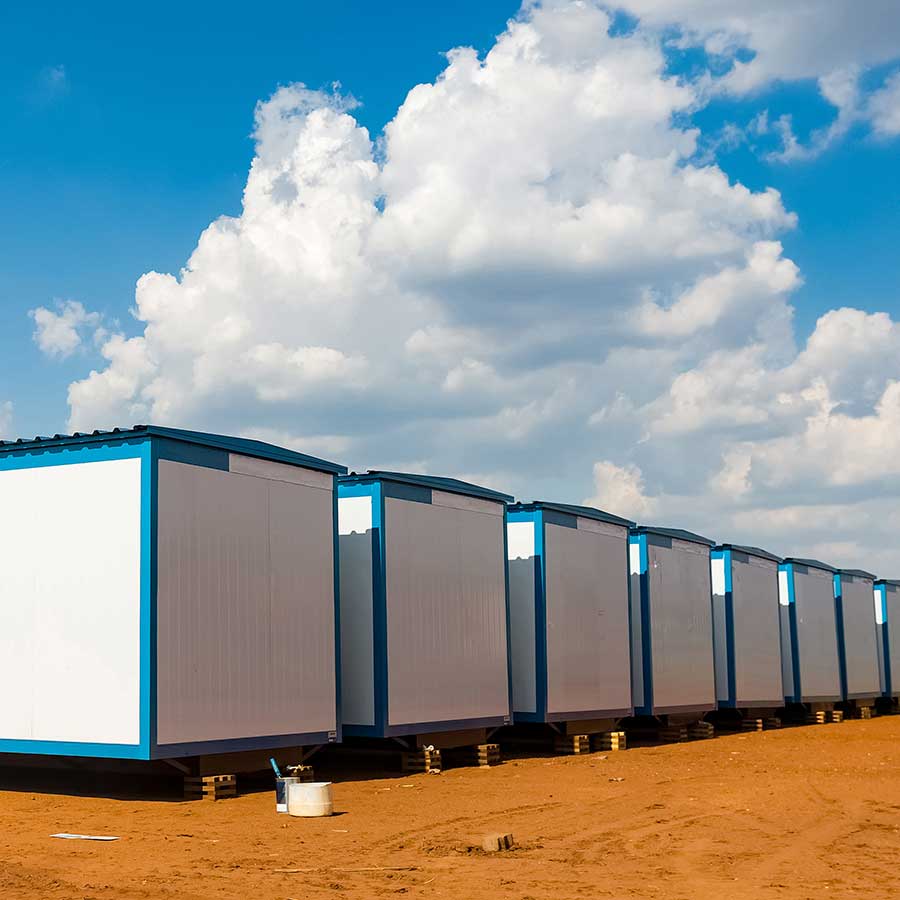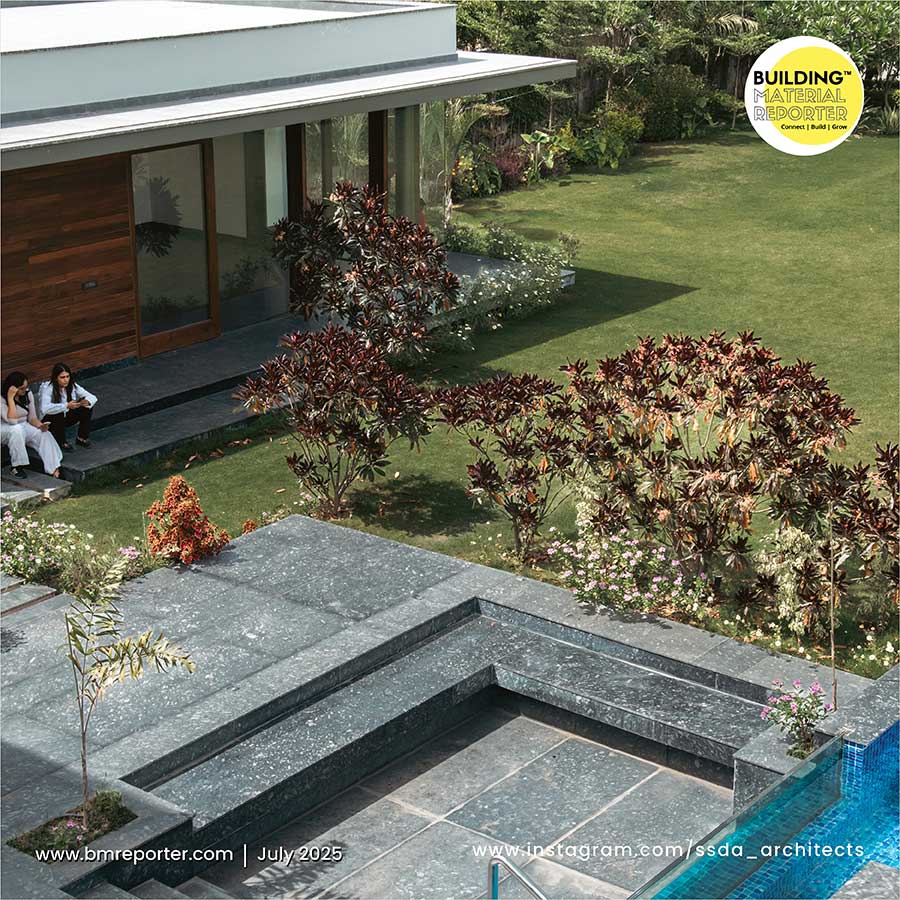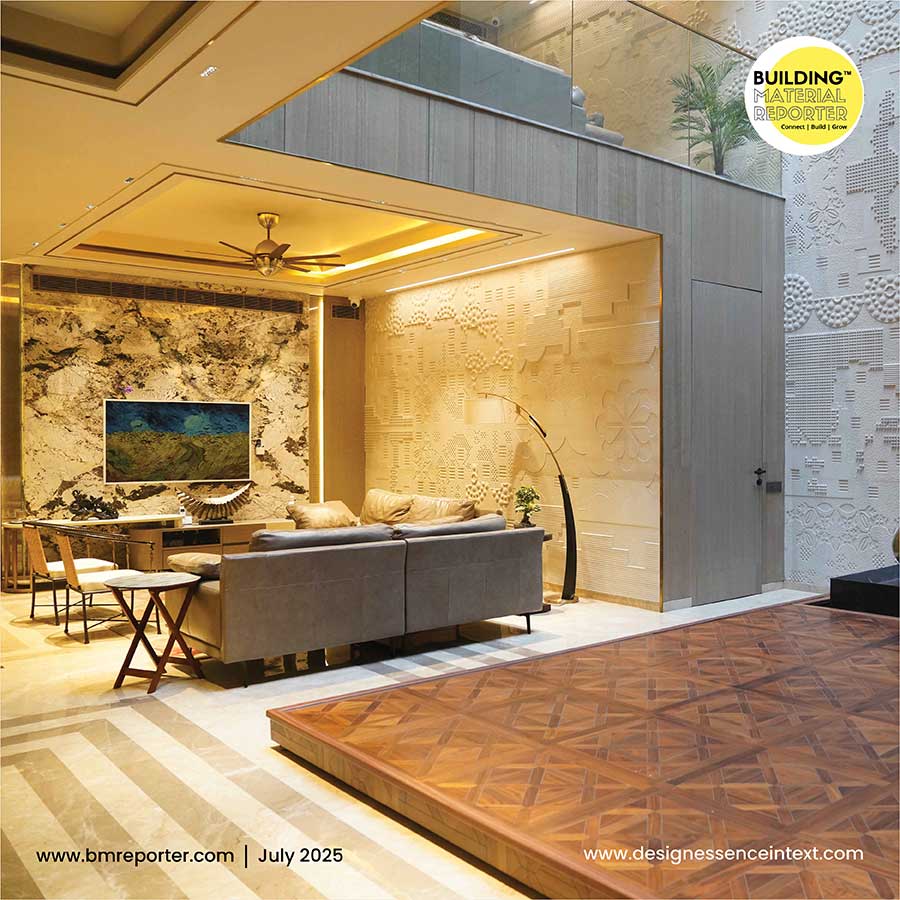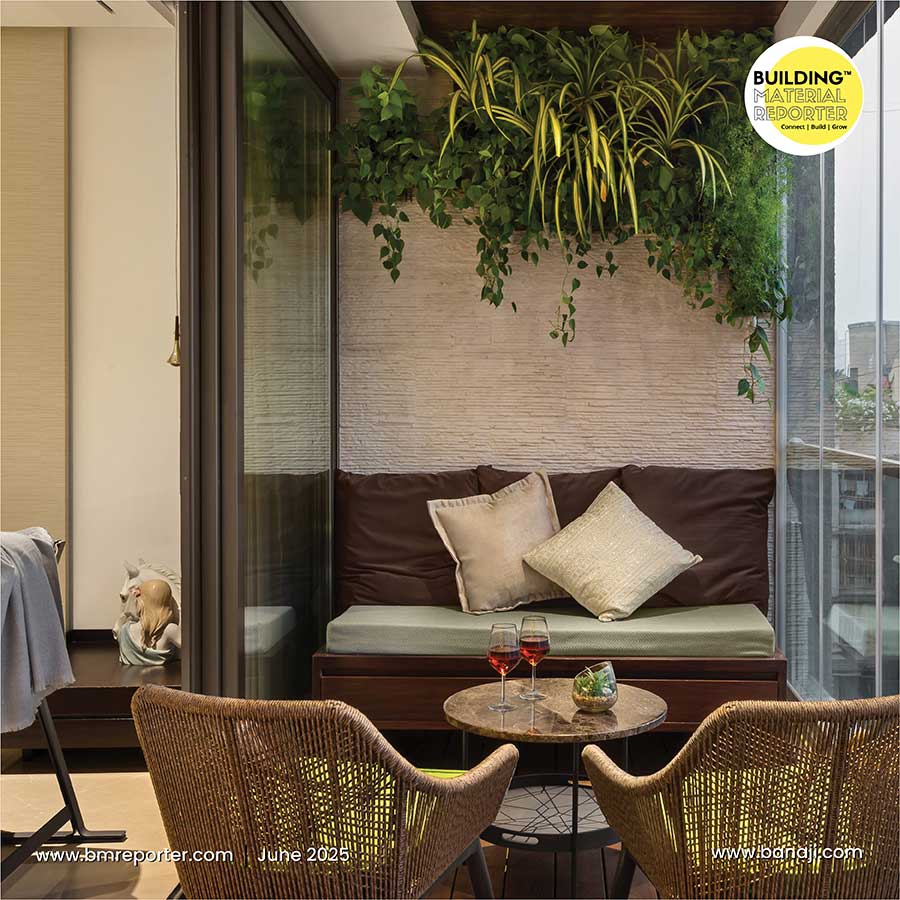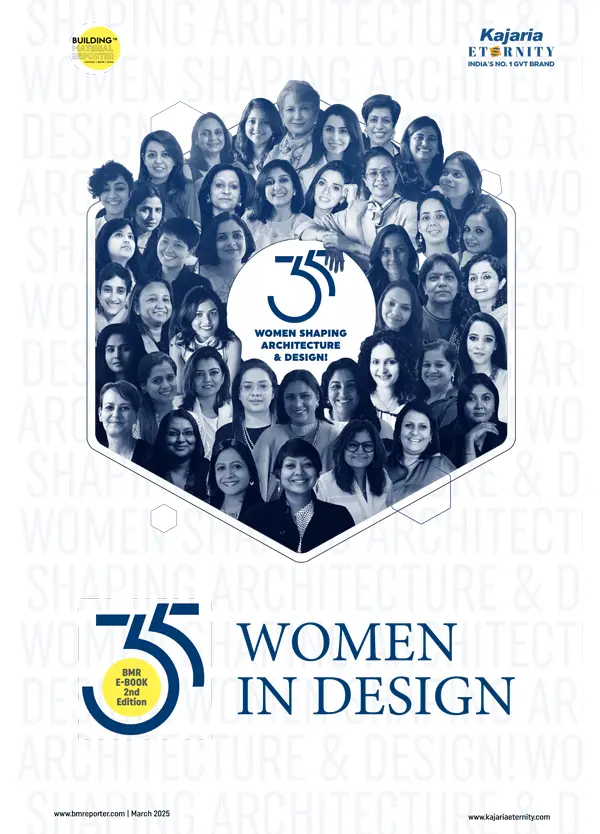Tree-Centric Design: Insights from Ar Saumya Khanna
- August 5, 2025
- By: Priyanshi Shah
- INFLUENCERS
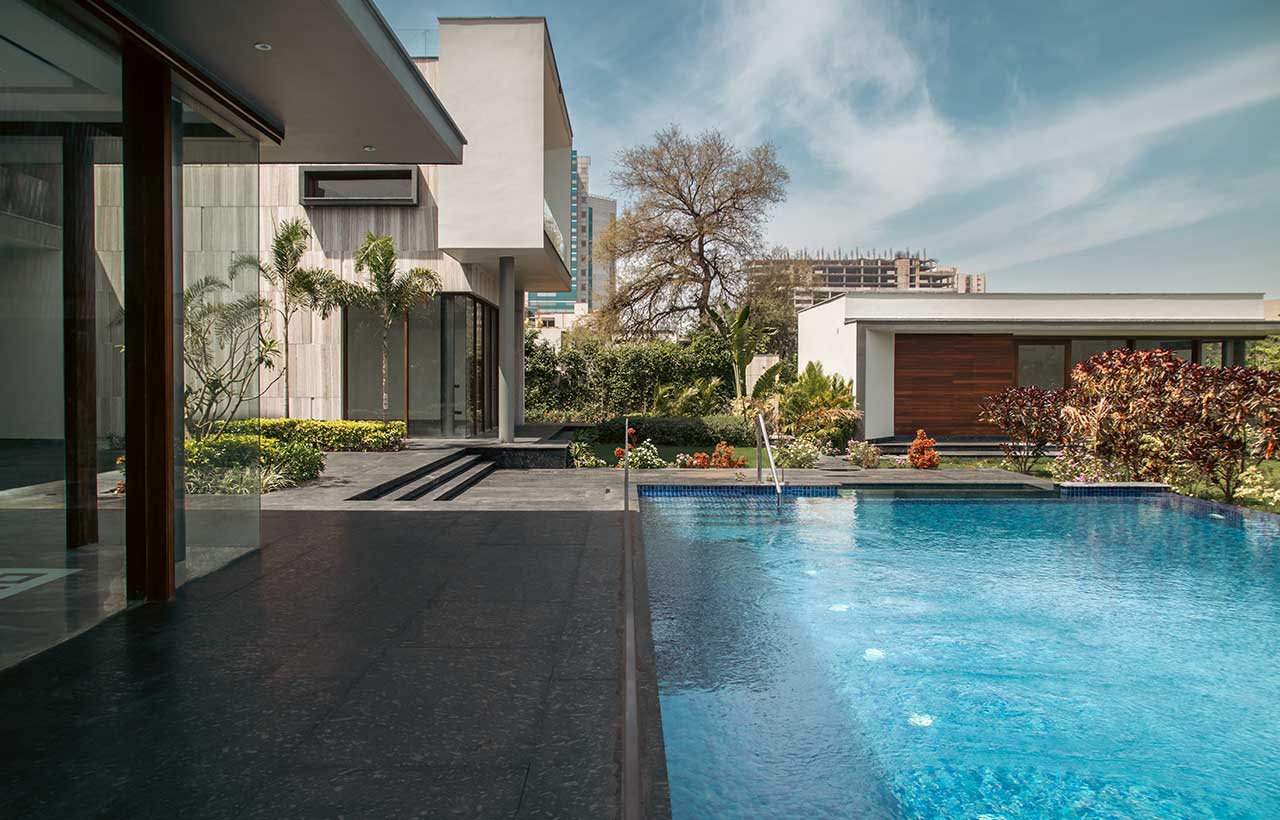 Architects are more interested in including nature in their designs as cities continue to grow. Being the basic element of the urban landscape, trees are important to reduce urban heat island effects, increase air quality, and increase the beauty value of public areas. However, careful planning and continuous care are important for the success of urban tree planting. To maintain a healthy balance between the natural world and the environment, the architects try to create an environment that supports nature and the environment created for a harmonious and calm life. In this BMR article, Ar. Saumya Khanna, Co-founder and Principal Architect at SSDA, sheds light on the idea of designing with trees and diving into biophilic design strategies to explore in the plan.
Architects are more interested in including nature in their designs as cities continue to grow. Being the basic element of the urban landscape, trees are important to reduce urban heat island effects, increase air quality, and increase the beauty value of public areas. However, careful planning and continuous care are important for the success of urban tree planting. To maintain a healthy balance between the natural world and the environment, the architects try to create an environment that supports nature and the environment created for a harmonious and calm life. In this BMR article, Ar. Saumya Khanna, Co-founder and Principal Architect at SSDA, sheds light on the idea of designing with trees and diving into biophilic design strategies to explore in the plan.
Designing with Trees: Site as Mandate in Design
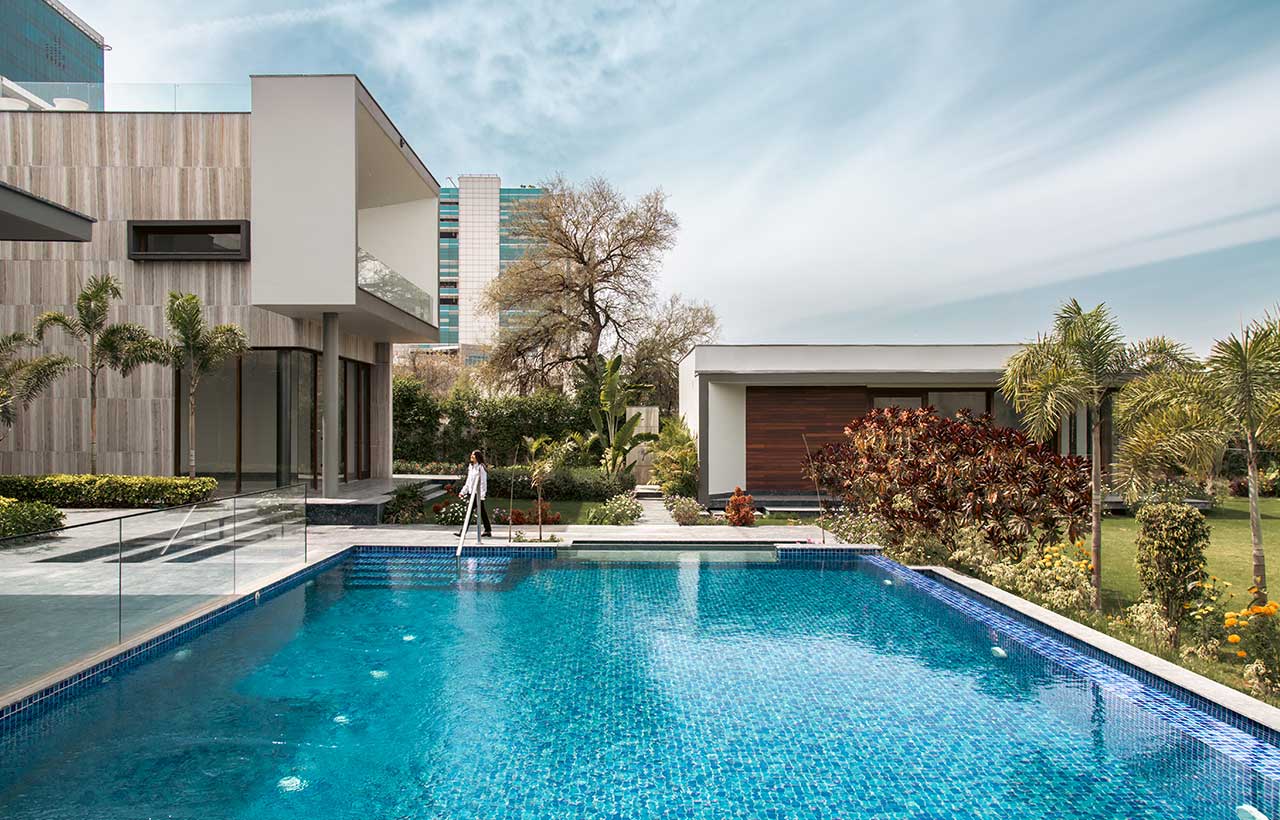 Understanding the site is the most important aspect of bringing nature into design. Exploring existing vegetation, water bodies, or even fauna can help to mandate the design. “A precise understanding of each tree's drip line and root spread is vital. Structures must respect this invisible boundary to avoid long-term damage,” says Saumya. Trees create natural shade and influence thermal comfort. Architects can orient spaces to maximise passive cooling or frame seasonal lighting effects through branches. Additionally, checking for fruiting or flowering trees can also help contribute to the overall experience.
Understanding the site is the most important aspect of bringing nature into design. Exploring existing vegetation, water bodies, or even fauna can help to mandate the design. “A precise understanding of each tree's drip line and root spread is vital. Structures must respect this invisible boundary to avoid long-term damage,” says Saumya. Trees create natural shade and influence thermal comfort. Architects can orient spaces to maximise passive cooling or frame seasonal lighting effects through branches. Additionally, checking for fruiting or flowering trees can also help contribute to the overall experience.
Designing Around Trees: Elevated Platforms and Cantilevers
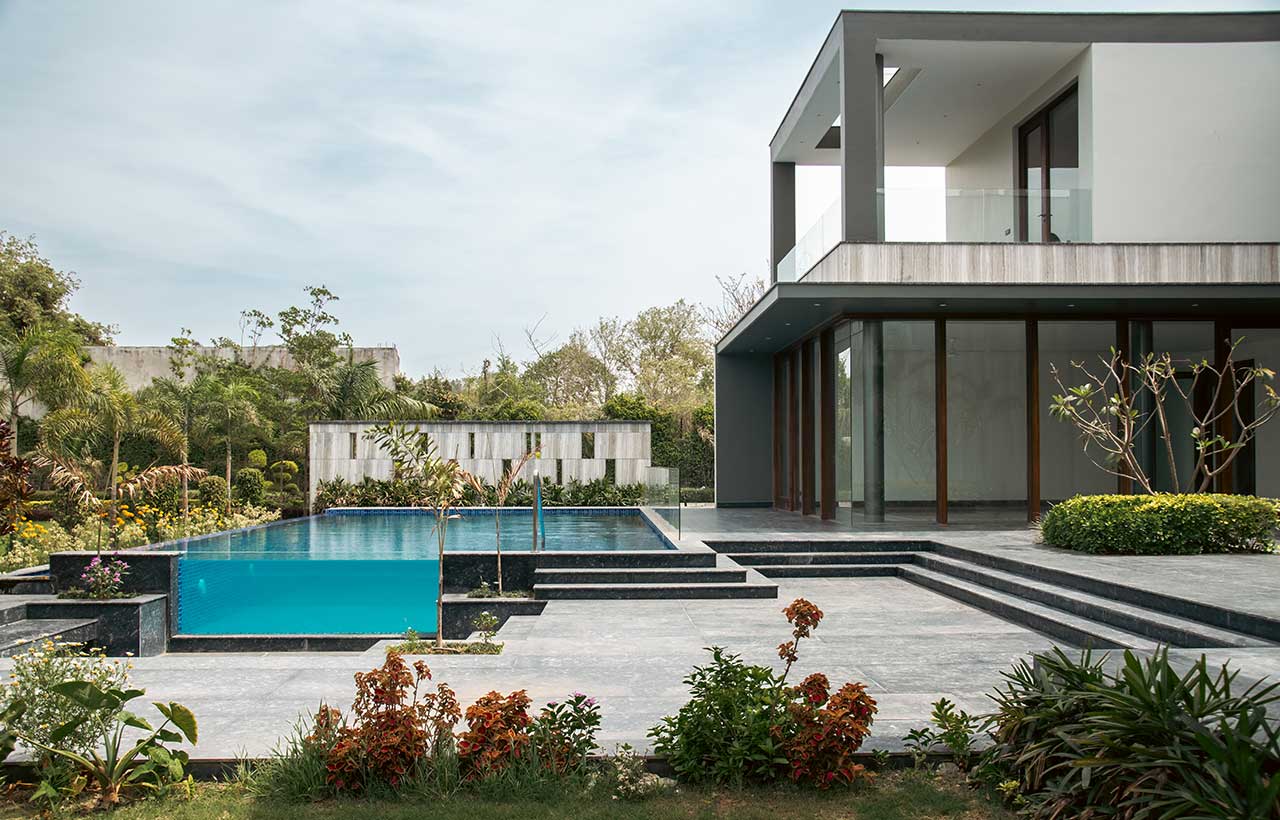 Instead of slab-on-grade, using pier or pile foundations minimises soil compaction and root disturbance. Structures can appear to “hover” over terrain, creating an ethereal quality while preserving the earth below. To navigate dense groves, architects use cantilevered volumes that slide between branches. Modular components can be pre-fabricated off-site and assembled with minimal ground disruption.
Instead of slab-on-grade, using pier or pile foundations minimises soil compaction and root disturbance. Structures can appear to “hover” over terrain, creating an ethereal quality while preserving the earth below. To navigate dense groves, architects use cantilevered volumes that slide between branches. Modular components can be pre-fabricated off-site and assembled with minimal ground disruption.
Root-friendly Hardscape and Open Courtyards
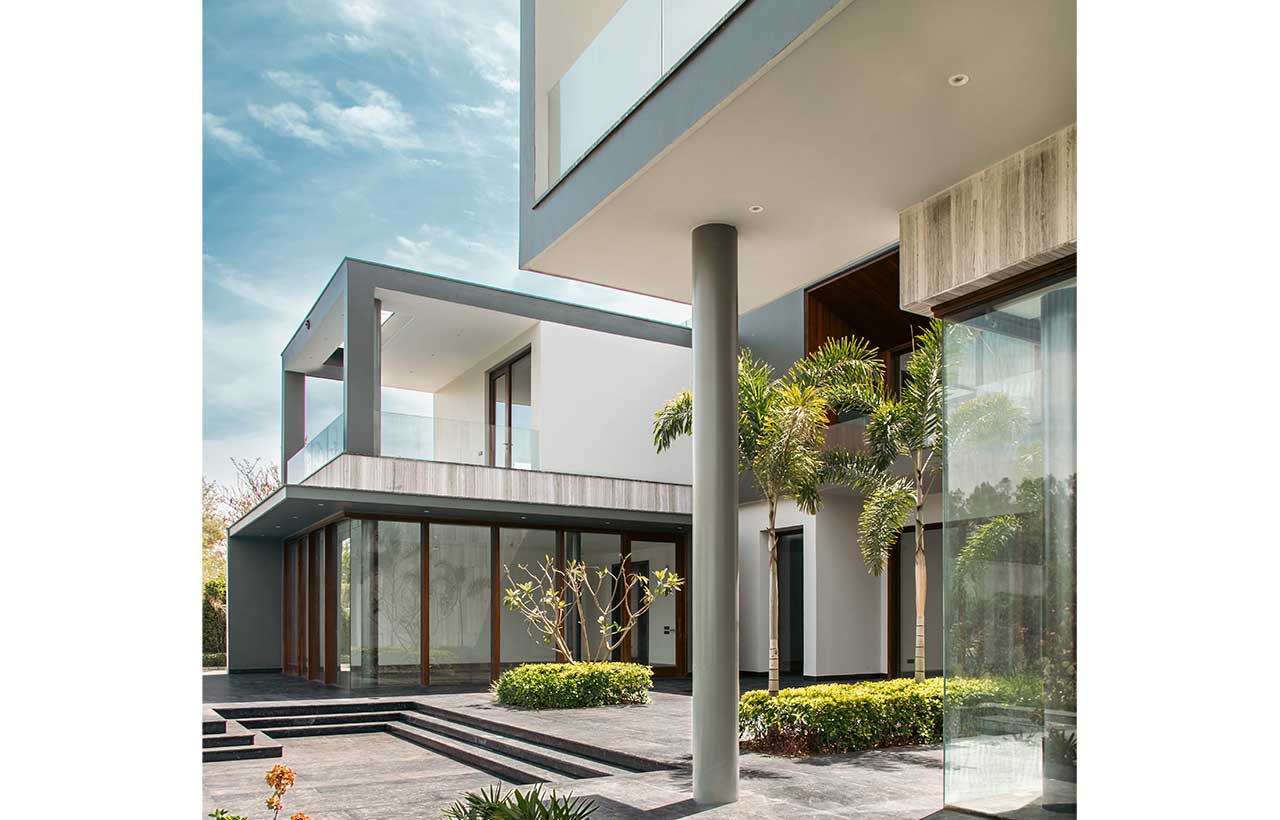 Using gravel paths, decks with planks, and avoiding impermeable paving allows water to leak through roots. Techniques such as air-spilled excavations also ensure that the roots remain healthy near the construction Industry. Instead of removing a tree, design can create voids or courtyards around it. These openings let the tree live and provide dramatic spatial relief and light interplay. Connecting indoor and exterior spaces helps to foster mental wellbeing and stress free living around nature.
Using gravel paths, decks with planks, and avoiding impermeable paving allows water to leak through roots. Techniques such as air-spilled excavations also ensure that the roots remain healthy near the construction Industry. Instead of removing a tree, design can create voids or courtyards around it. These openings let the tree live and provide dramatic spatial relief and light interplay. Connecting indoor and exterior spaces helps to foster mental wellbeing and stress free living around nature.
Trees Acting as Programmatic Elements
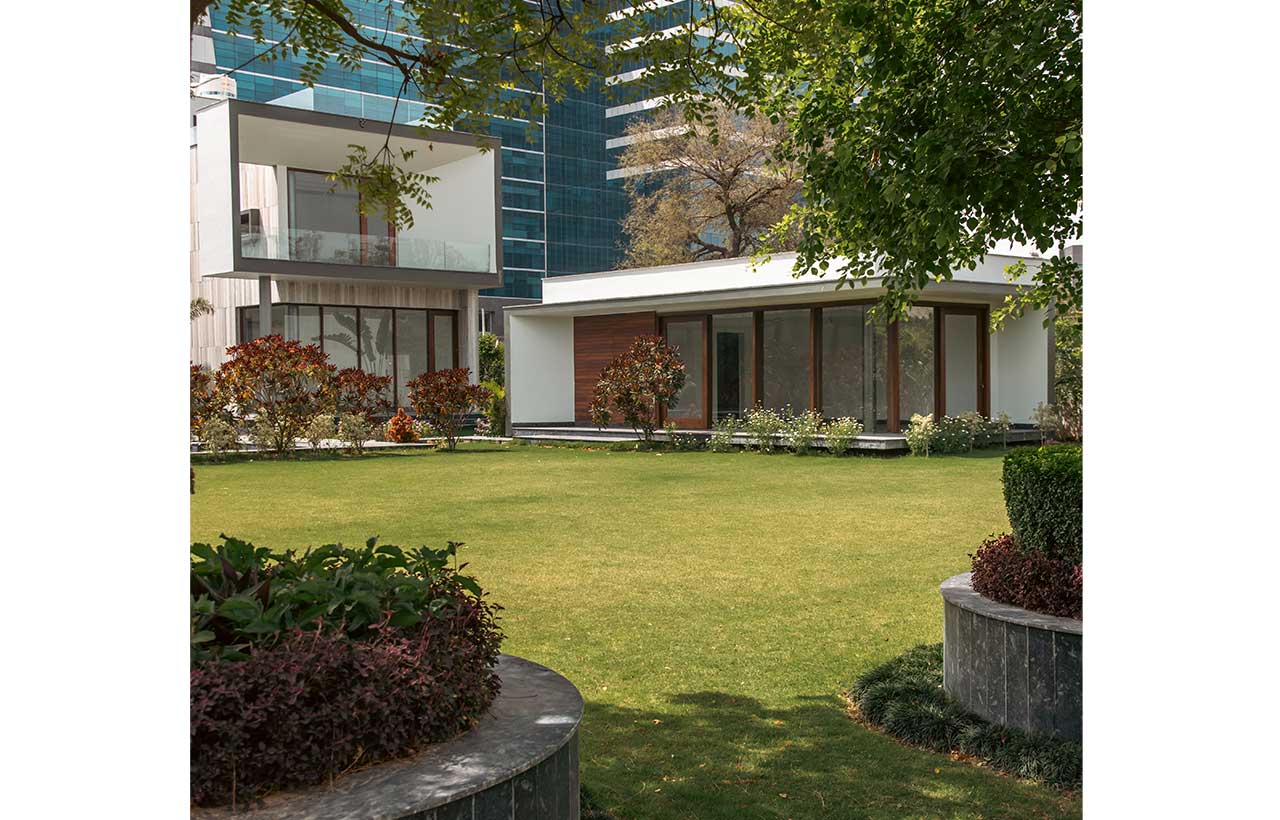 Trees can dictate function. Often they define the calming character of the space, or surrounding setting tone of serenity. For instance, a Neem tree might become the focal point of a meditation courtyard in India, or a Plumeria tree can bloom through summer to autumn, while bringing in a sense of warmth. Such trees serve as a point of spatial planning in design. To conclude, Saumya asserts, “To design with trees is to participate in an arrangement that begins before the initial construction. It means listening to the wind through branches before drawing walls.” It’s time we let them tell ours, too, through the language of architecture!
Trees can dictate function. Often they define the calming character of the space, or surrounding setting tone of serenity. For instance, a Neem tree might become the focal point of a meditation courtyard in India, or a Plumeria tree can bloom through summer to autumn, while bringing in a sense of warmth. Such trees serve as a point of spatial planning in design. To conclude, Saumya asserts, “To design with trees is to participate in an arrangement that begins before the initial construction. It means listening to the wind through branches before drawing walls.” It’s time we let them tell ours, too, through the language of architecture!
Frequently Asked Questions (FAQs)
Why is designing with trees important in urban architecture?
Designing with trees helps reduce heat, improve air quality, and enhance the visual and emotional appeal of urban spaces.
Can trees be preserved during construction?
Yes, by using elevated foundations, avoiding soil compaction, and designing around root zones, trees can be preserved effectively.
What is a biophilic design strategy in architecture?
A biophilic design strategy connects people with nature by incorporating natural elements like trees, light, and organic forms into buildings and promotes well-being, comfort, and environmental harmony.
 Stay updated on the latest news and insights in home decor, design, architecture, and construction materials with Building Material Reporter.
Stay updated on the latest news and insights in home decor, design, architecture, and construction materials with Building Material Reporter.



